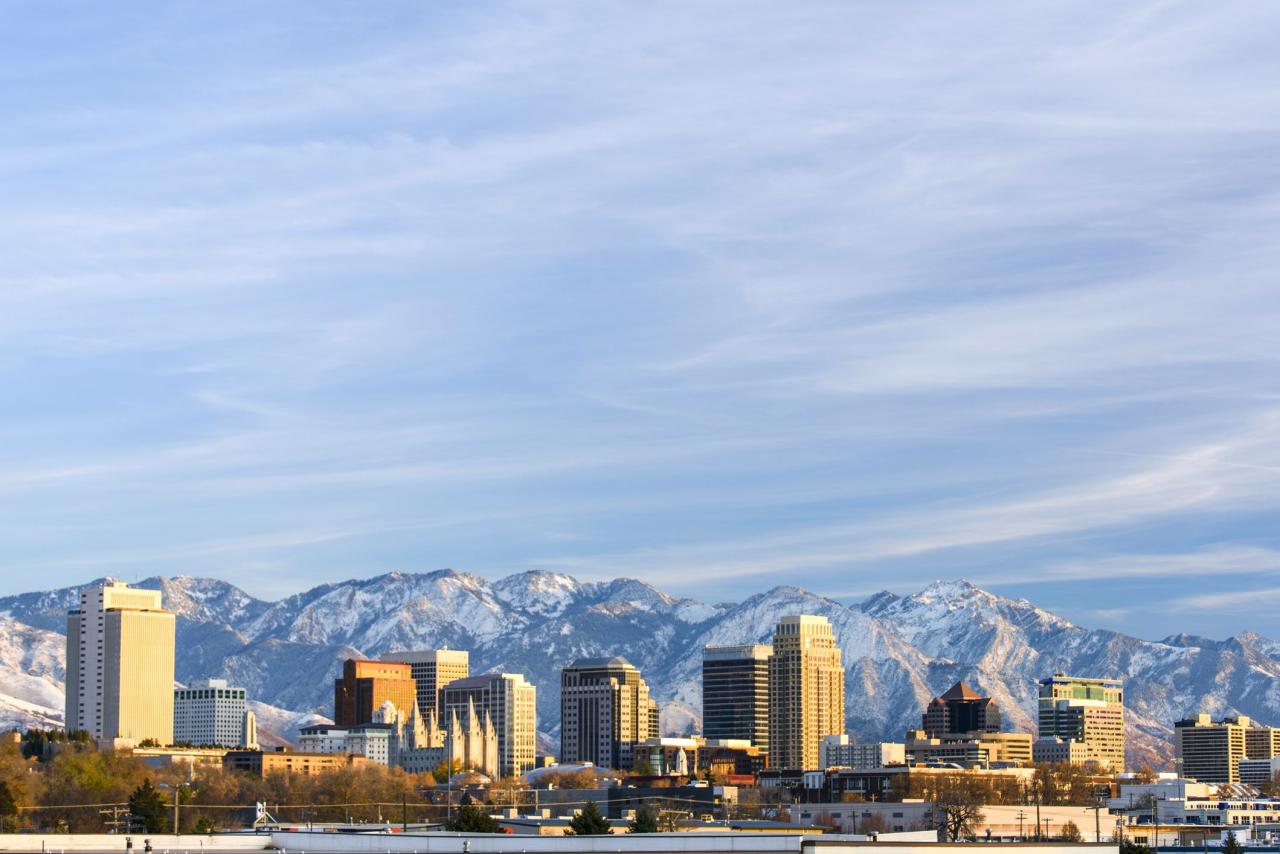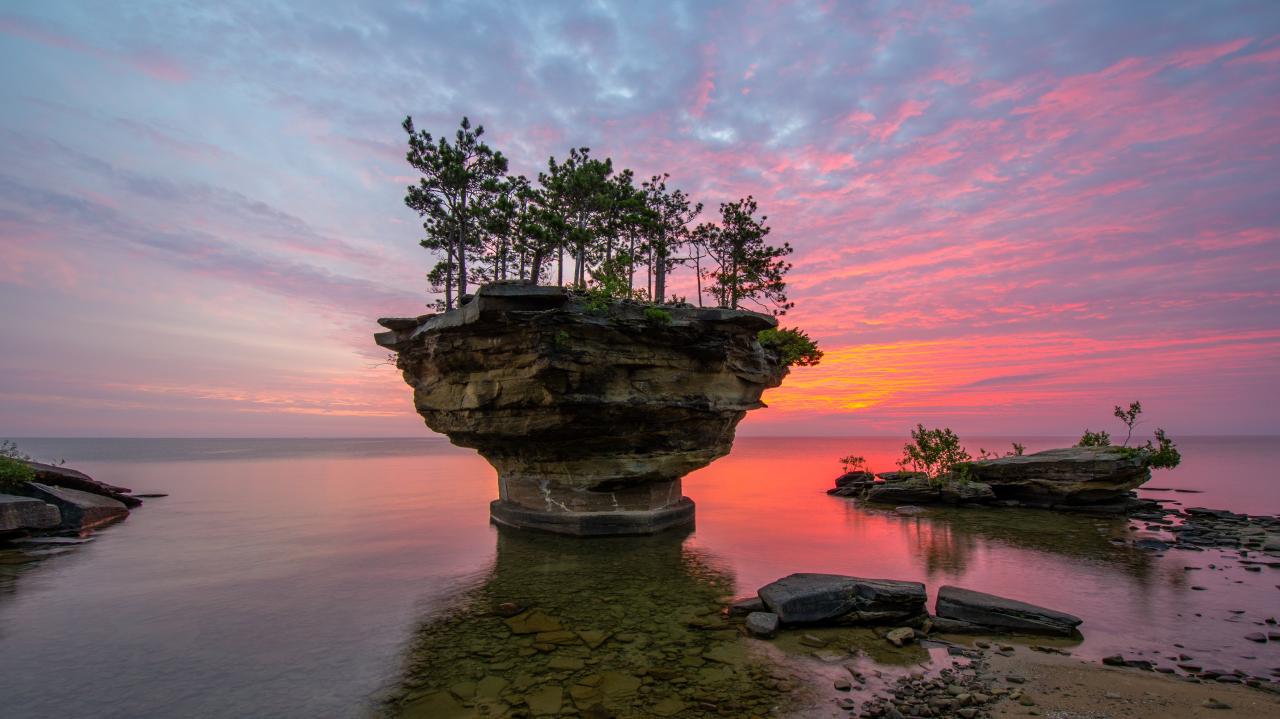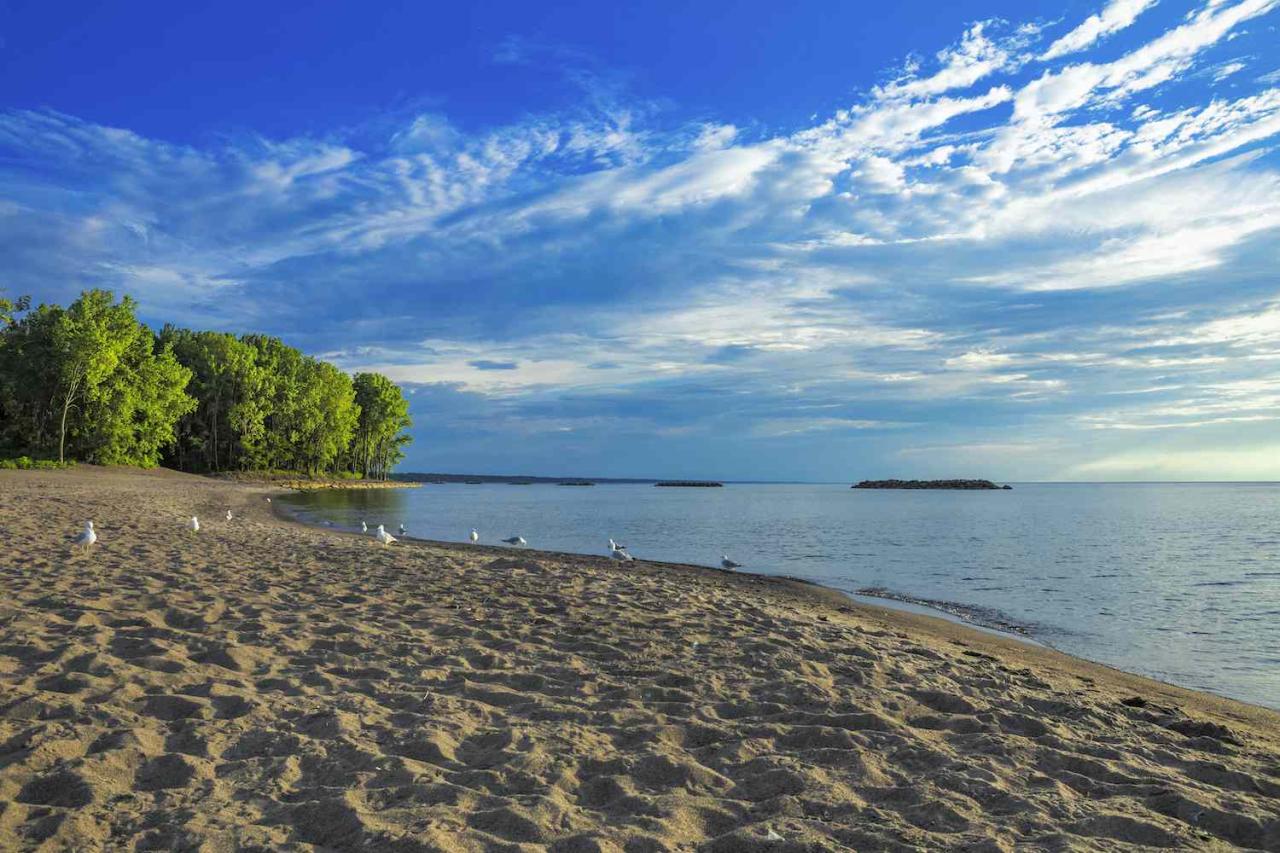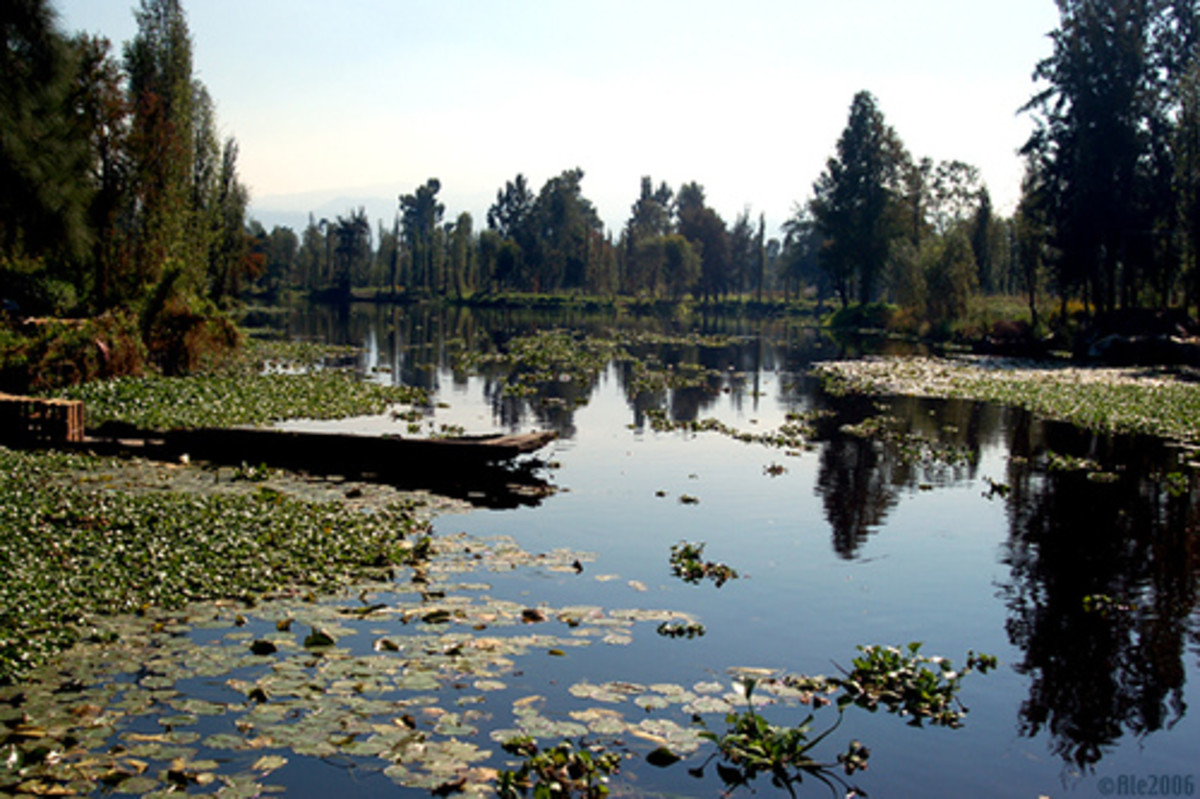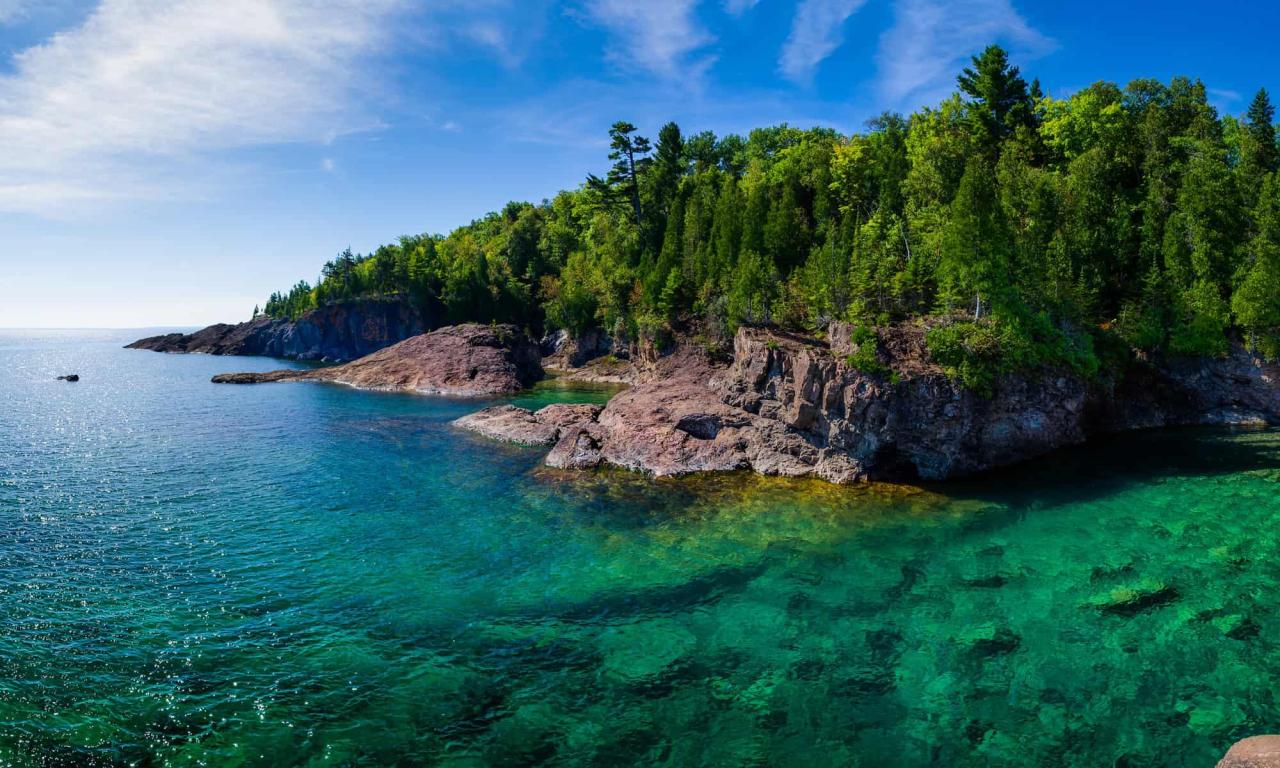Lake Powell, a majestic reservoir nestled in the heart of the American Southwest, offers an unforgettable experience for nature lovers and adventure seekers alike. Formed by the Glen Canyon Dam, this vast body of water stretches across the borders of Arizona and Utah, carving a stunning landscape of towering red rock cliffs, hidden canyons, and turquoise waters.
The lake’s unique history, diverse recreational opportunities, and environmental challenges make it a destination that captivates the imagination.
Lake Powell is a testament to the power of human ingenuity and the grandeur of nature. Its creation transformed the Colorado River, creating a vibrant hub for recreation and a vital source of water for the region. However, the lake’s existence also presents a complex web of environmental concerns, as drought and climate change threaten its delicate ecosystem.
Exploring the story of Lake Powell unveils a fascinating narrative of human interaction with the natural world, a story that continues to unfold today.
Lake Powell: A Jewel of the American Southwest
Nestled amidst the majestic red rock canyons of the Colorado Plateau, Lake Powell stands as a testament to human ingenuity and the raw power of nature. This vast reservoir, created by the construction of the Glen Canyon Dam in the 1960s, has become a beloved destination for outdoor enthusiasts and a vital source of water for the American Southwest.
From its captivating landscapes to its diverse recreational opportunities, Lake Powell offers a unique and unforgettable experience.
Lake Powell Overview
Lake Powell’s creation was a monumental engineering feat, transforming the narrow, winding canyons of the Colorado River into a sprawling reservoir. The dam’s construction, completed in 1963, aimed to control the flow of the river and provide a reliable source of water for the region.
The reservoir’s name honors John Wesley Powell, the renowned explorer who led the first successful expedition through the Grand Canyon in 1869.
Lake Powell is situated in the heart of the American Southwest, straddling the border between Utah and Arizona. Its location within the Glen Canyon National Recreation Area provides access to stunning landscapes, including towering sandstone cliffs, hidden coves, and dramatic rock formations.
The lake’s vast size and depth are truly impressive, stretching for over 186 miles and reaching a maximum depth of 580 feet.
The geological features of the Lake Powell region are a testament to millions of years of geological activity. The iconic red rock canyons, sculpted by wind and water erosion, showcase the region’s rich geological history. The Navajo Sandstone, a prominent rock formation, is known for its vibrant colors and unique patterns.
The lake’s unique ecosystem is also influenced by the presence of diverse plant and animal life, adapted to the arid desert environment.
Recreation and Activities, Lake powell
Lake Powell is a paradise for outdoor enthusiasts, offering a wide range of recreational activities for all ages and skill levels. Boating is a popular pastime, with visitors enjoying the vast expanse of the lake on a variety of watercraft.
From small fishing boats to luxurious houseboats, there are options to suit every preference and budget. The lake is also a haven for anglers, with abundant populations of bass, crappie, catfish, and trout.
- Boating:Lake Powell’s vast expanse offers ample space for boating, with opportunities for cruising, waterskiing, wakeboarding, and tubing. The lake’s calm waters and picturesque scenery make it an ideal location for leisurely boat rides.
- Fishing:Anglers are drawn to Lake Powell’s diverse fish populations, including bass, crappie, catfish, and trout. The lake’s numerous coves and inlets provide ample fishing spots, offering a rewarding experience for both seasoned anglers and beginners.
- Swimming:On hot summer days, Lake Powell’s cool waters offer a refreshing escape. Designated swimming areas are available, allowing visitors to enjoy the lake’s refreshing embrace.
- Hiking:The surrounding canyons and mesas offer a variety of hiking trails, ranging from easy strolls to challenging climbs. Hikers can explore the region’s unique geological formations and enjoy breathtaking views of the lake and surrounding landscape.
- Scenic Viewpoints:Numerous scenic viewpoints provide stunning vistas of Lake Powell and its surrounding canyons. These viewpoints offer a unique perspective on the lake’s beauty and the grandeur of the Colorado Plateau.
- Camping:Lake Powell offers a variety of camping experiences, from primitive campsites to fully equipped RV parks. Campers can enjoy the tranquility of the desert wilderness and the breathtaking scenery of the lake.
Environmental Concerns
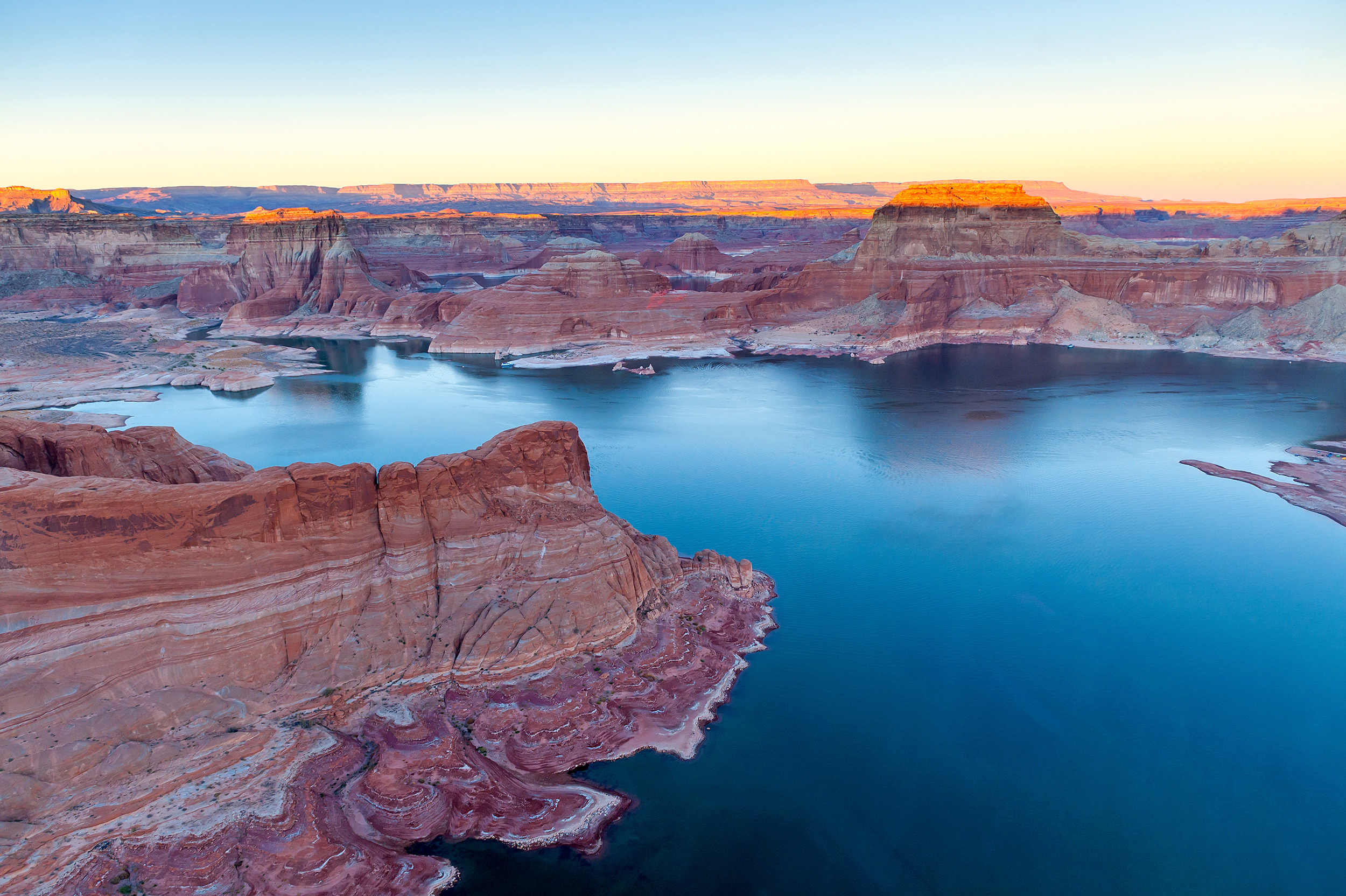
Lake Powell, like many other reservoirs in the arid Southwest, faces the challenges of drought and water scarcity. The lake’s water levels have been declining in recent years due to a combination of factors, including prolonged drought and increased water demands.
Climate change is exacerbating these challenges, with warmer temperatures leading to increased evaporation and reduced snowpack in the mountains that feed the Colorado River.
The impact of drought on Lake Powell is evident in its shrinking shoreline and exposed beaches. The lake’s ecosystem is also affected, with changes in water quality and habitat availability impacting fish populations and other aquatic life. Efforts to preserve the lake’s ecosystem include water conservation measures, habitat restoration projects, and monitoring programs to assess the health of the lake’s aquatic life.
Historical Significance
The Lake Powell region has a rich history, dating back thousands of years to the presence of Native American tribes who inhabited the area. Archaeological sites throughout the region offer insights into the lives and cultures of these ancient peoples.
The Glen Canyon Dam’s construction had a profound impact on the region’s history, transforming the landscape and creating the reservoir that we know today.
The dam’s construction led to the inundation of many cultural and historical sites, including ancient ruins and petroglyphs. However, it also provided opportunities for the preservation and study of these sites. The National Park Service and other organizations have undertaken efforts to document and protect the region’s archaeological heritage.
Epilogue: Lake Powell

From its captivating beauty to its complex history, Lake Powell offers a rich tapestry of experiences for visitors. Whether you’re seeking adventure on the water, exploring hidden canyons, or simply enjoying the tranquility of the desert landscape, Lake Powell promises an unforgettable journey.
As we navigate the challenges of water scarcity and climate change, understanding and appreciating this remarkable natural wonder becomes even more crucial. Lake Powell stands as a reminder of the interconnectedness of human activity and the environment, urging us to find sustainable ways to preserve its beauty for generations to come.


